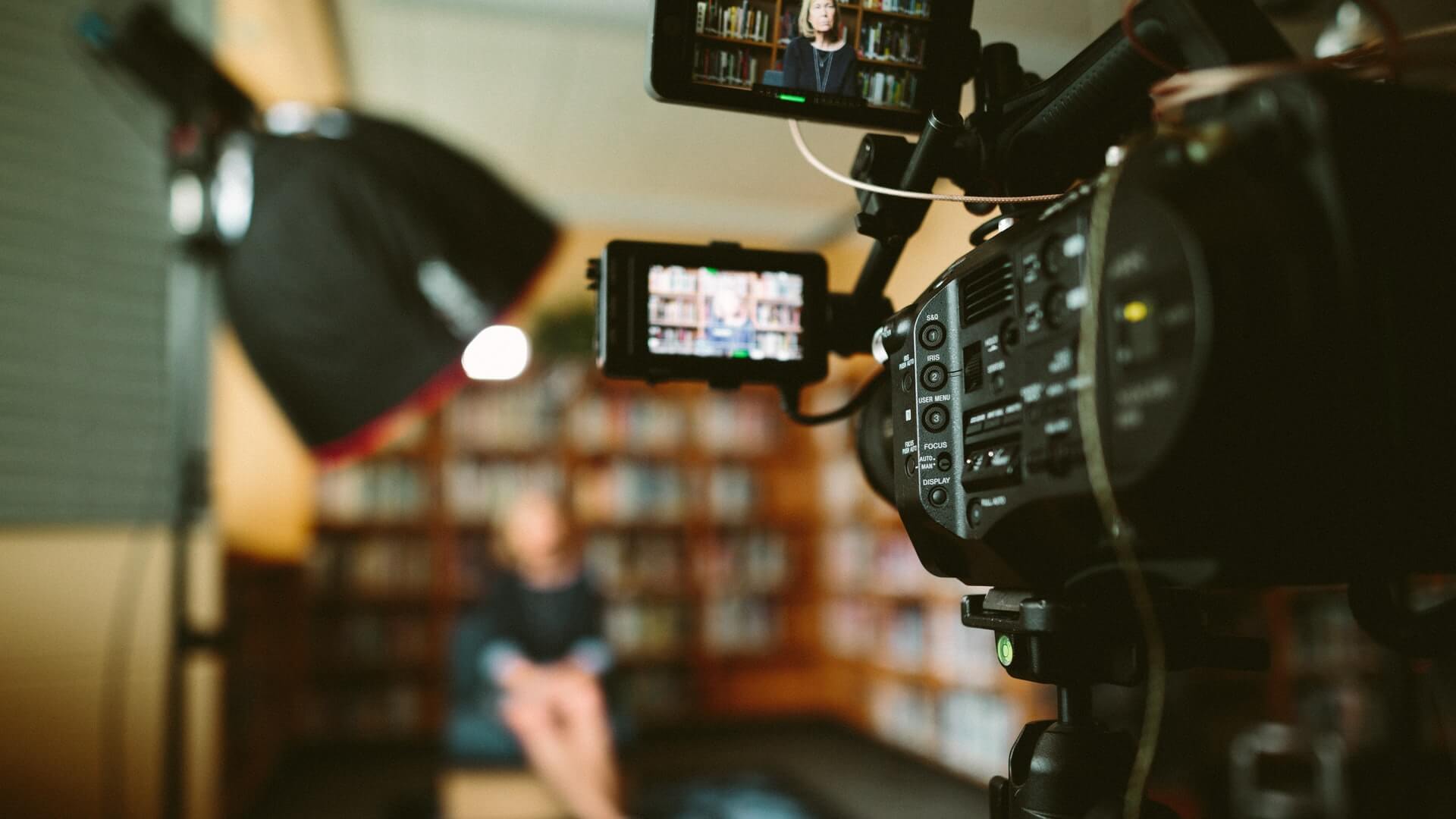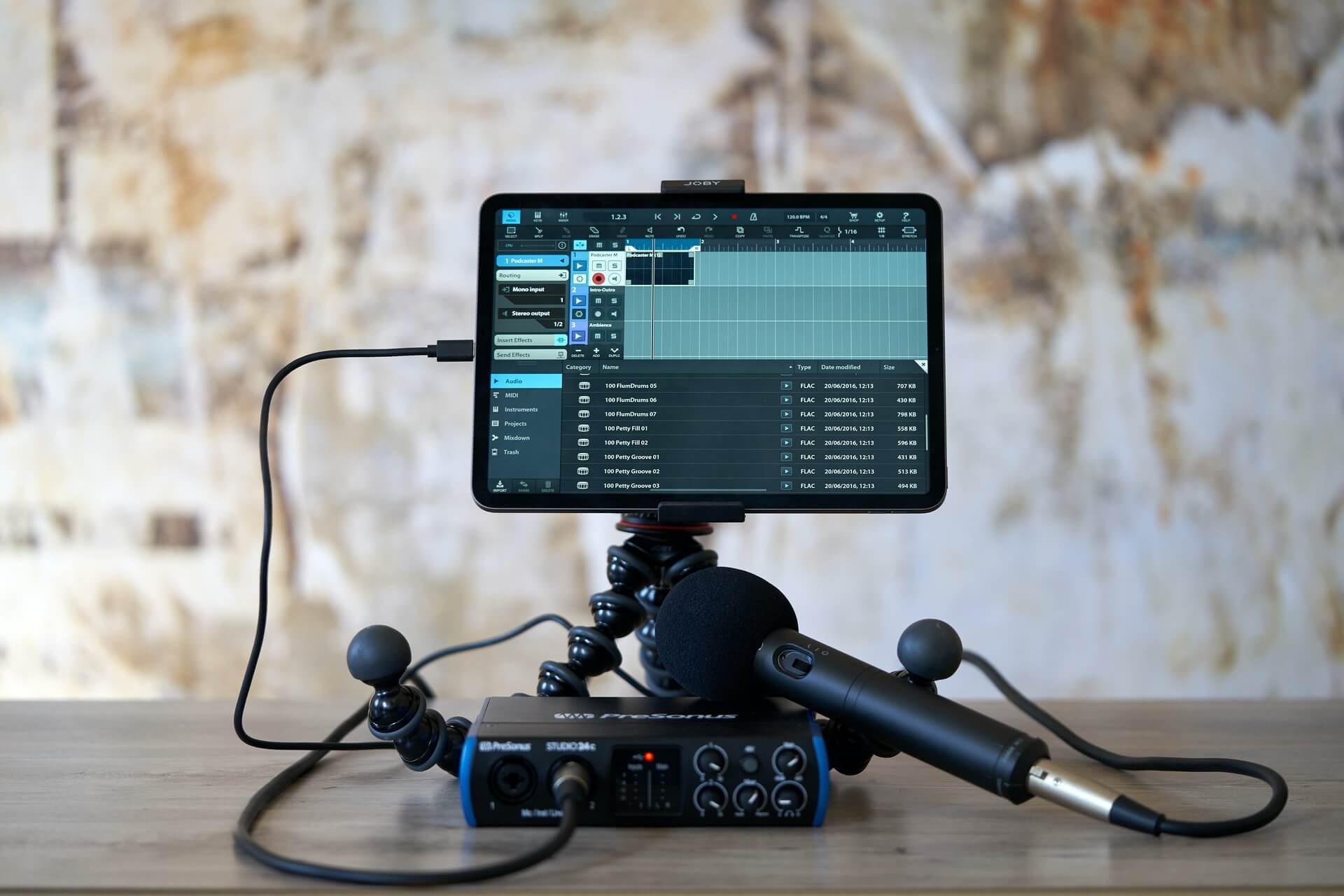Business leaders are investing more in live streaming to engage effectively with online audiences. This medium is being used more than ever before, and the live streaming industry is likely to be valued at over $70 million by the end of 2021.
Offering live streams of courses, podcasts and events are important for business professionals interested in growing a strong online presence by offering a ‘live’ factor for engagement. They give businesses the opportunity to network with professionals and maintain brand affluence across multiple channels in a real-time environment that helps audiences to feel more connected. Live streaming podcasts, masterclasses and MOOCs by using broadcast software will help to engage and increase conversion rates.
In fact, 80% of audiences now prefer video over social posts. To ‘give the people what they want’ most effectively, there are some best practices to consider when using live streaming tools and platforms or selecting from the broadcast software options available.
Tools For Successful Live Streaming
In order to make your live streamed events successful, business leaders need to ensure that they have the correct technologies and equipment to make their event workflow seamless. These include:
- High Quality Video Camera: A camera with a high output resolution, unlimited run time, and a reliable power source will allow you to ensure that there are no breaks in the broadcast of your live event.
- High-Quality Audio: A method of capturing the sound of the speaker’s voice, such as a phone-line or a high-quality microphone will need to be connected to the computer source streaming the live event. It is better to use a high quality microphone like an XLR if possible, to ensure that listeners will be able to hear voices clearly.
- Good Internet Connection: A high quality internet connection is needed to ensure that events are streamed to your audience without any interference. A high internet bitrate that is compatible with your desired streaming platform is the best bet in terms of determining which internet speed you will need.
Professionals should discuss compatibility, test equipment and implement the best solution well ahead of time in order to ensure the most successful online event. In addition to the above, utilizing a great streaming platform and high quality live streaming captions will help to ensure that all subsets of the audience receive the best experience possible, including those who may be Deaf or hard of hearing.
Where To Stream
Livestreams can be done with a variety of web-based meeting software, including Zoom, Collaborate and WebEx, as well as social platforms like YouTube Live, Facebook Live and traditional broadcasts. Business leaders may also consider live streaming their event with a professional delivery platform like Kaltura if they are looking for extra support and privacy features.
No matter what the set up, using customization provided by the streaming software to ensure that audiences can engage with ease is critical.
Live Streaming Captions For Better Engagement
Providing closed captioning for live streaming video is another important must-have for live events. Using real-time captioning for events will expand the reach of the content even further, ensuring that videos are fully accessible to all audiences, including the Deaf and hard of hearing communities.
In addition to providing core video accessibility, it’s better to use a streaming platform that has built-in closed captioning capabilities. Most webcasting and video streaming platforms provide a method for streaming a closed captioning feed within the platform interface, but there are some that do not. Verbit is one partner which can help offer effective live captioning for events being streamed.
Additionally, when business leaders choose to caption for live stream needs it also allows all viewers to have increased flexibility when watching the event. An audience member’s access to audio may be limited, for example, when commuting in a noisy area, so it’s not just about accessibility or disability needs.
Utilizing all of these methods ensures that audiences are fully engaged with the video, no matter their location or disability needs. On top of already utilizing video, providing captioning for live events will enhance the quality of the content to an even greater extent.
What To Do After The Livestream
After the livestream, it’s important to follow-up with attendees to ensure they have all the information they need from the online event. Business leaders should also consider sending a follow-up email campaign to all of the attendees, or a subset of them, for example, to the people that responded to a quiz that was made during a session.
In addition to the live video and text stream, it’s important to keep a copy of the live streamed event. Recordings and transcripts can later be used to send follow-ups to attendees. Recorded video from live streams can be reused as gated content to improve SEO on your website.
Start Your Journey To Better Live Streaming
As the popularity of live streaming grows in popularity, Verbit continues to be committed to helping business leaders receive customized, unique solutions for their needs, including real-time captioning that is fully accurate for ensured ADA and FCC adherence, but that also drives engagement.
It’s easy to start the journey toward better live streaming. Marketers and others are now more committed to digital accessibility and are quickly familiarizing themselves with key practices like ensuring closed captioning is always being offered whenever possible. Following the key processes outlined above will be the key to ensuring live streaming success for events, podcasts and masterclasses alike.





